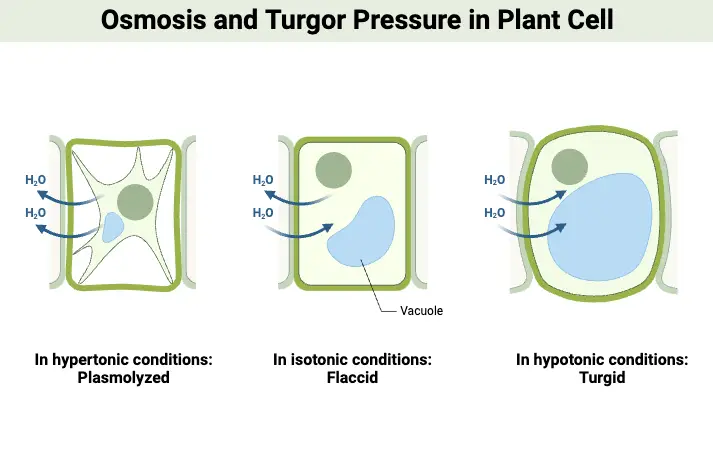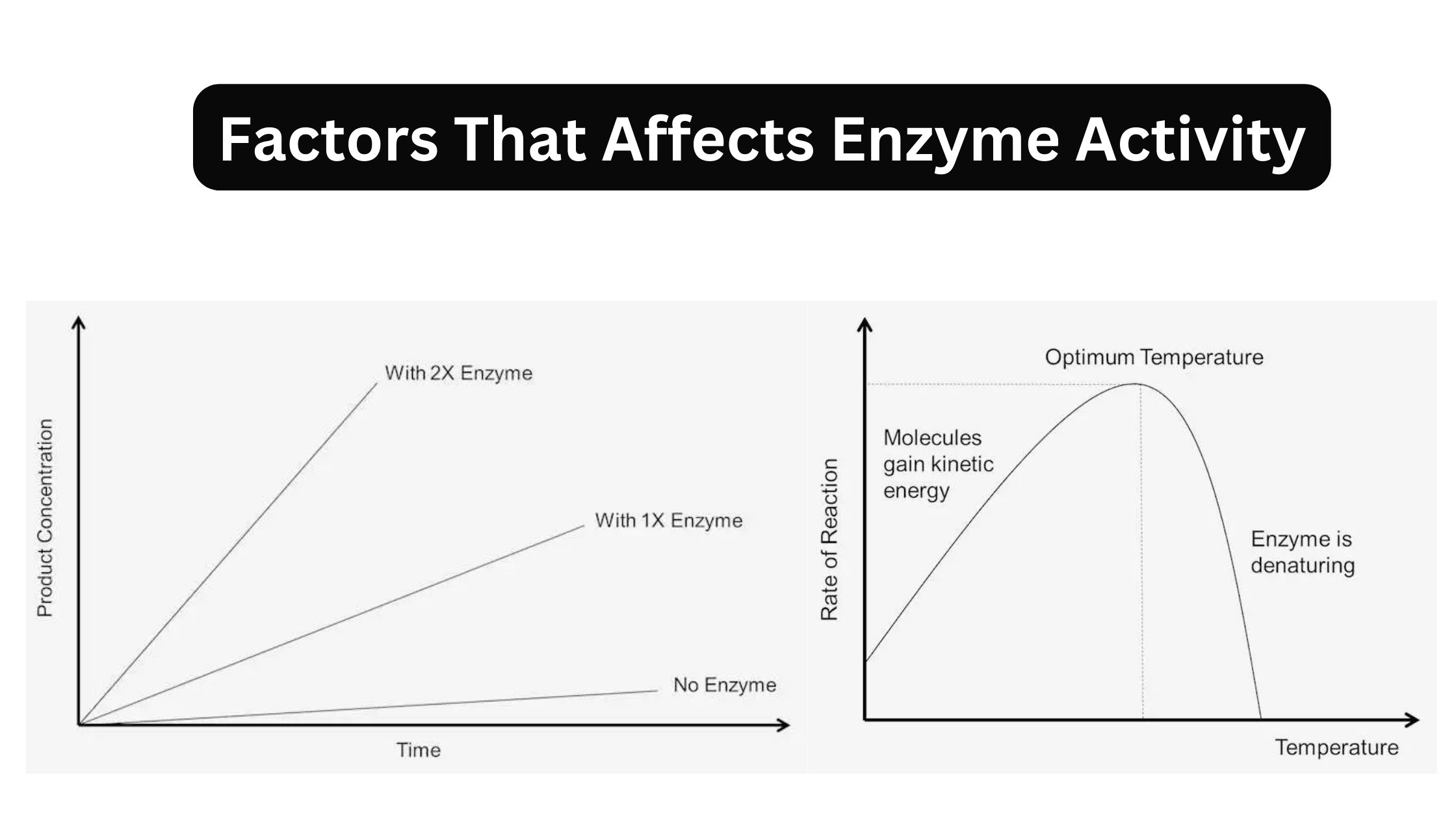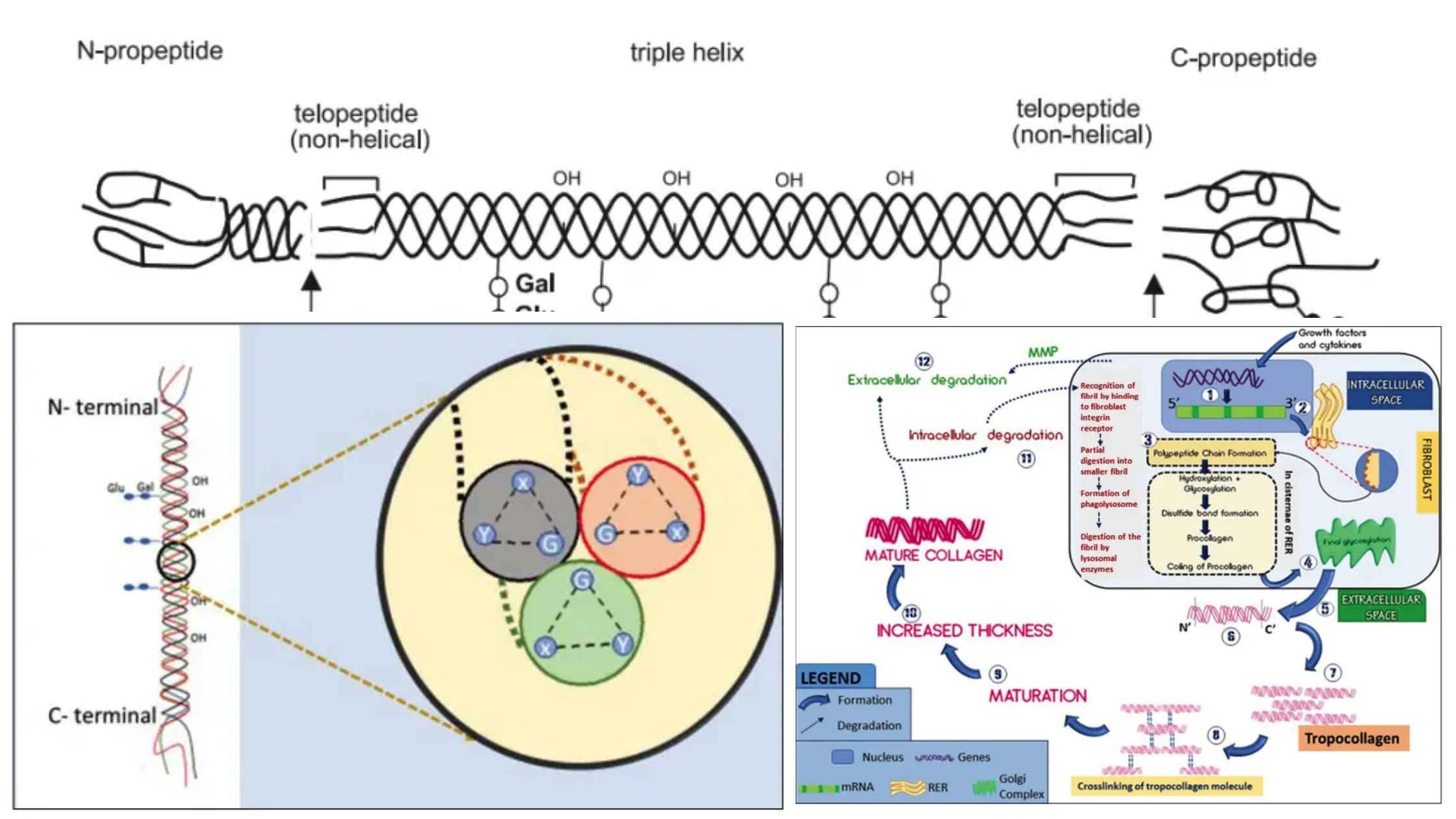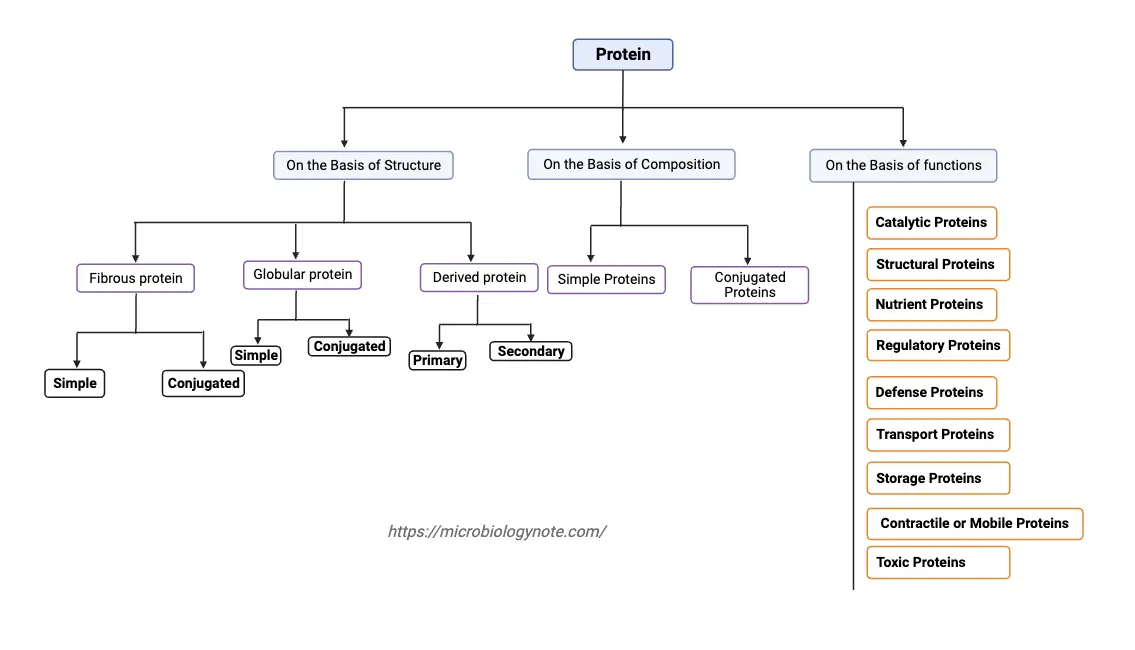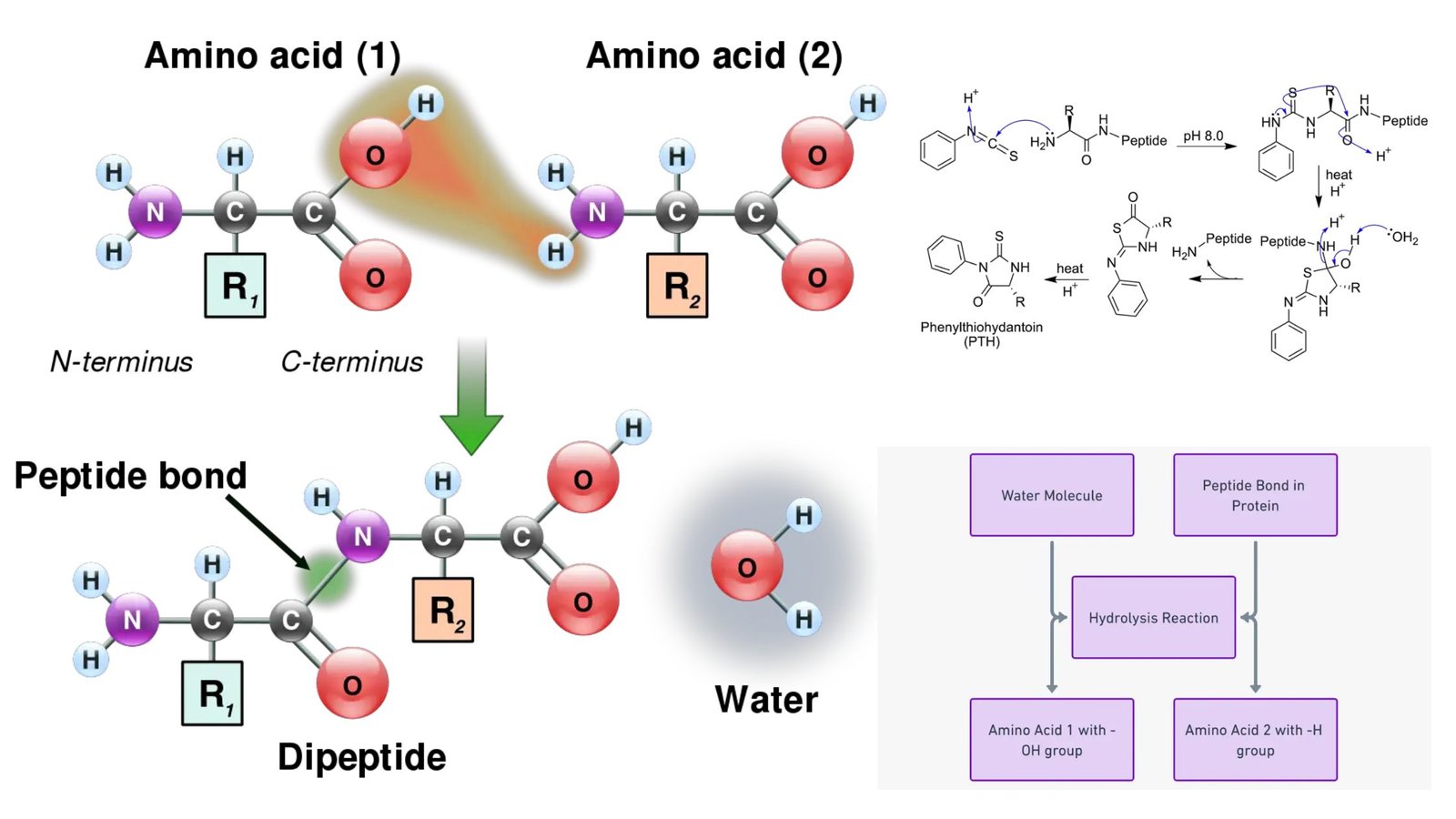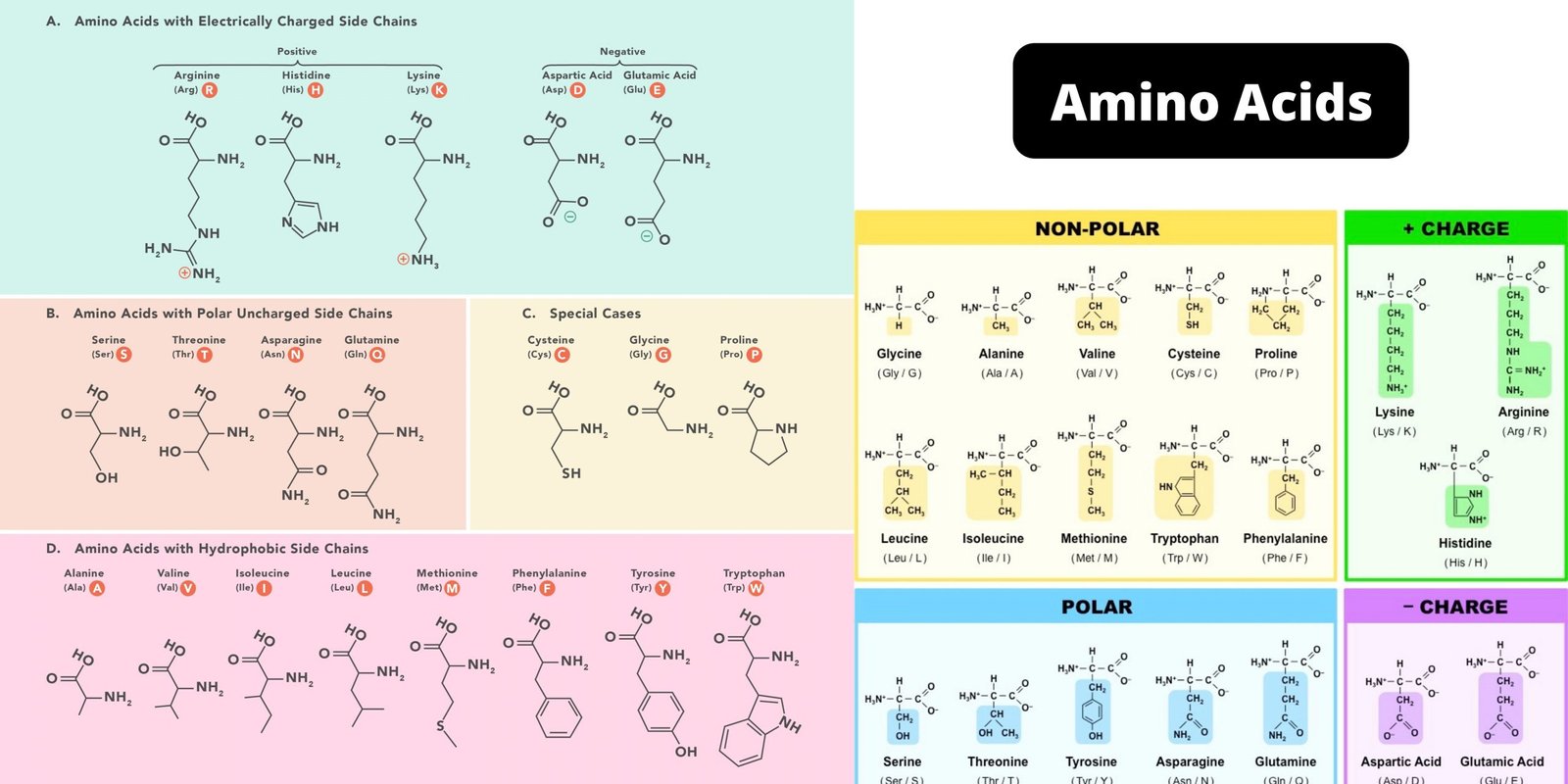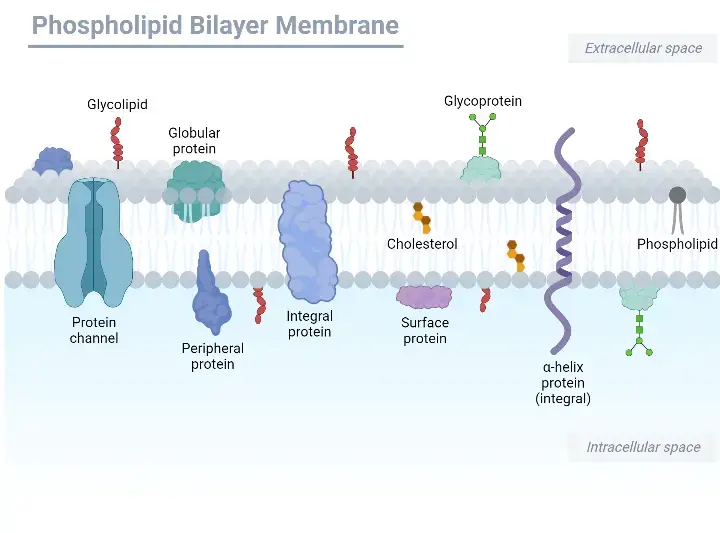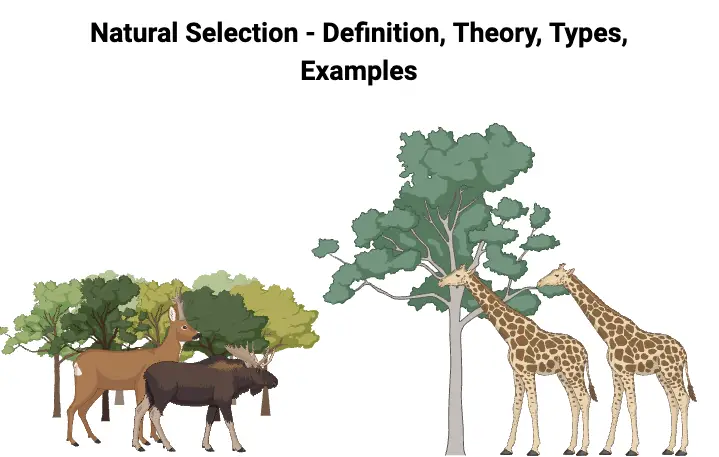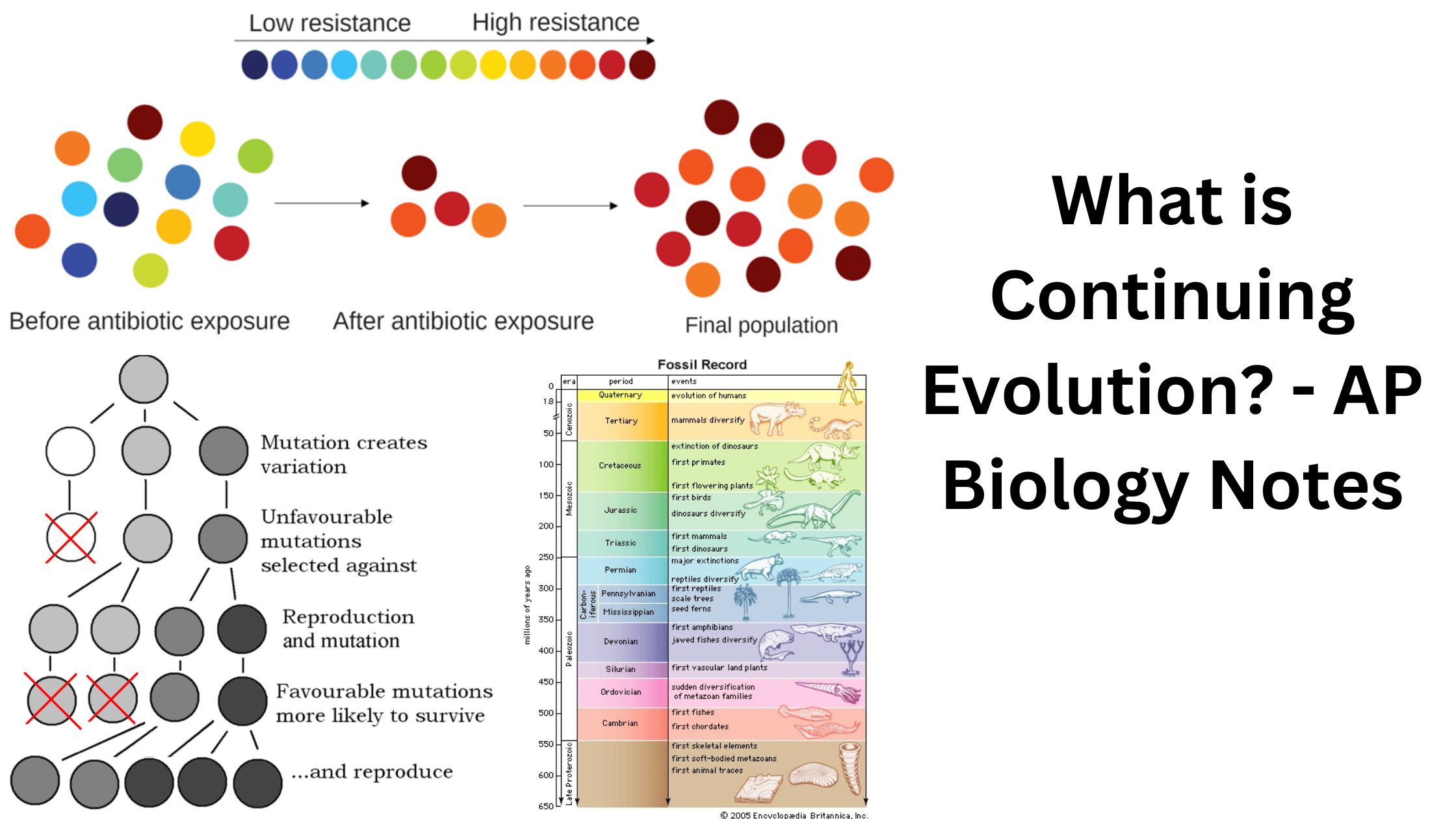Osmosis – Definition, Types, Mechanism, Significance, Examples
What is Osmosis? Definition of Osmosis Osmosis is the spontaneous movement of solvent molecules, typically water, through a selectively permeable membrane from a region of lower solute concentration to a region of higher solute concentration, aiming to equalize solute concentrations on both sides. How Does Osmosis Work? Osmosis is a fundamental process that facilitates the … Read more
